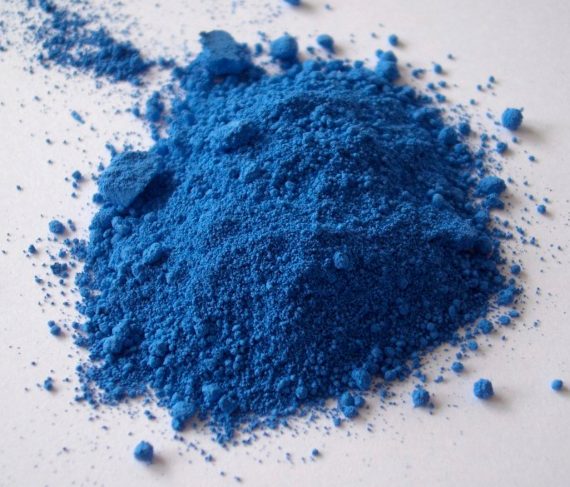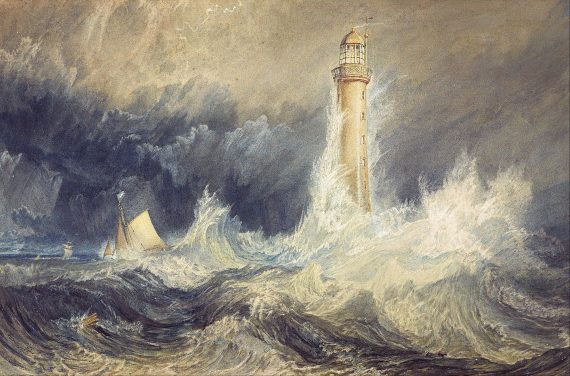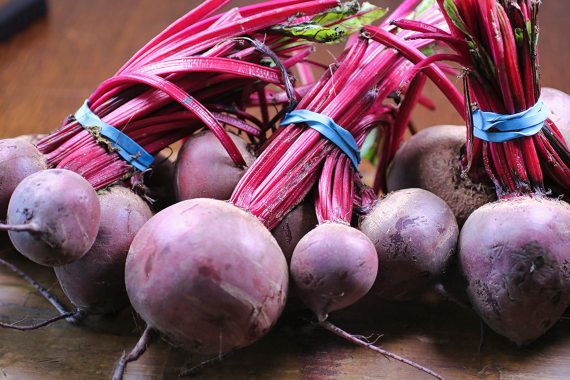Although beet juice is an intense purplish red, Brazilian chemists have recently managed to turn it into blue, the rarest colour in nature. The result is a new alternative dye, BeetBlue, which is non-toxic and from a natural source, thus having potential applications in the cosmetics and food industries. This surprising change has been achieved by tweaking the molecule responsible for the characteristic colour of the beet and opens up a new avenue in the search for less toxic, cheaper and more sustainable blue dyes.
That adventure of scientific exploration began more than two centuries ago, when Louis Jacques Thénard (4 May 1777 – 21 June 1857) took the first step. The French chemist would already have a place in the history of science with the discovery of boron (in 1808) and hydrogen peroxide (in 1818). But what really made him famous, beyond the world of science, is for having invented a new and successful blue pigment —named after him as Thénard blue (or cobalt blue)— and also for another great achievement, which curiously also involved beets.

At the beginning of the 19th century, Napoleon had appointed another chemist, Jean-Antoine Chaptal, as Minister of the Interior. He commissioned Thénard to find a new blue pigment that could replace the exclusive (being scarce and expensive) lapis lazuli and also improve the performance of Prussian blue, which was the most affordable alternative at the time. Thénard took as his starting point a compound used to provide the blue tint to the prized porcelain of Sévres: cobalt arsenate, which was also scarce and expensive, and which also took on a reddish hue when hydrated.
The favourite of artists from Europe
In 1804, after experimenting with various cobalt compounds, Thénard obtained a highly stable pigment with a deep and intense blue and a somewhat lower cost, despite remaining an expensive product. His formula consisted of heating to a red-hot temperature a mixture of arsenate and cobalt phosphate with alumina; by modifying the proportions of these components he saw that he could obtain different shades and intensities of the precious colour. He also found that it did not degrade when exposed to environmental conditions and intense light for months. The production of the new cobalt blue began in 1807 and almost immediately became the favourite of artists from all over Europe, such as the English Romantic painter JMW Turner.

At that time, another more serious problem affecting France was the lack of sugar. The blockade of trade routes, due to the Napoleonic wars, had cut off the supply of sugar cane, so the French government urged its leading chemists and agronomists to find a solution; this turned out to be the humble beet, which in 1747 had been identified as an alternative source of sugar. Louis Jacques Thénard was one of the main drivers and promoters of this option. When the Bourbon Restoration in France led to the lifting of the commercial blockade and cane sugar became available again, he was also the main advocate of maintaining the productive French sugar beet industry.
The new BeetBlue
What he could hardly have imagined is what has just been discovered in Brazil, that the beet also serves to produce a blue pigment, as new and as promising as Thénard blue once was.
The few blue pigments obtained so far from plants —and from fungi, such as Lactarius indigus— are not very stable and deteriorate easily once extracted. This is why the few blue colours that are approved for food use are all of synthetic origin; they are obtained from petroleum hydrocarbons and therefore have a level of toxicity that limits their use.

The food and chemical industries are therefore striving to find new blue pigments —preferably of natural origin— that are harmless to health and have an environmentally sustainable production. Hence the high expectations raised by the new BeetBlue, which meets almost all the desired requirements: its natural source is accessible and its chemical processing is quick and easy, making it economical to produce. In addition, the pigment is water-soluble and sufficiently stable. As the process does not involve metals or toxic substances, it will presumably be safe for human consumption. The only thing missing is for this safety to be validated by clinical tests.
Comments on this publication